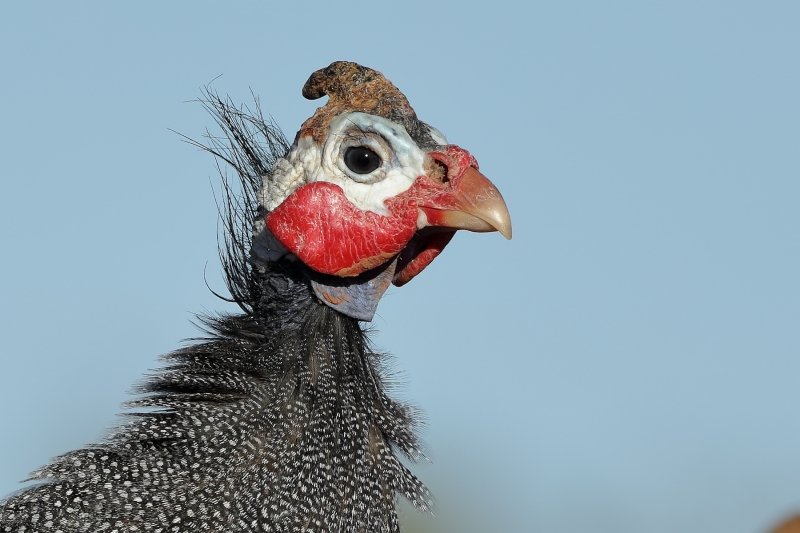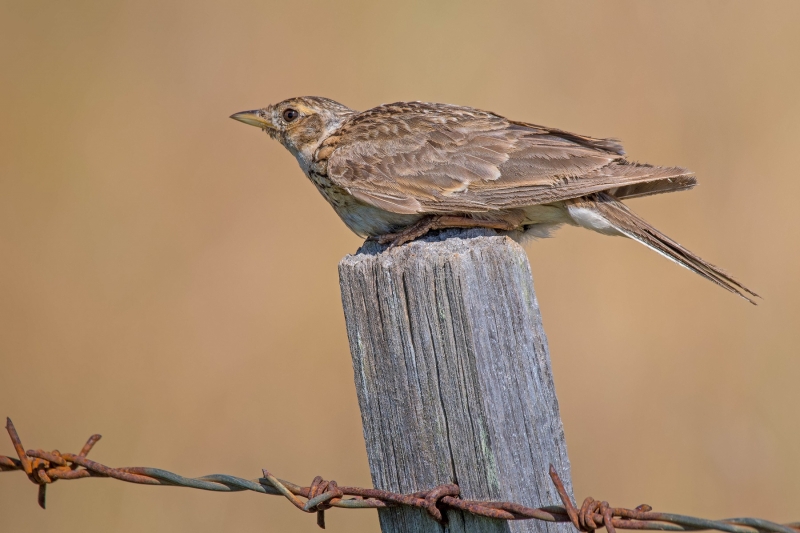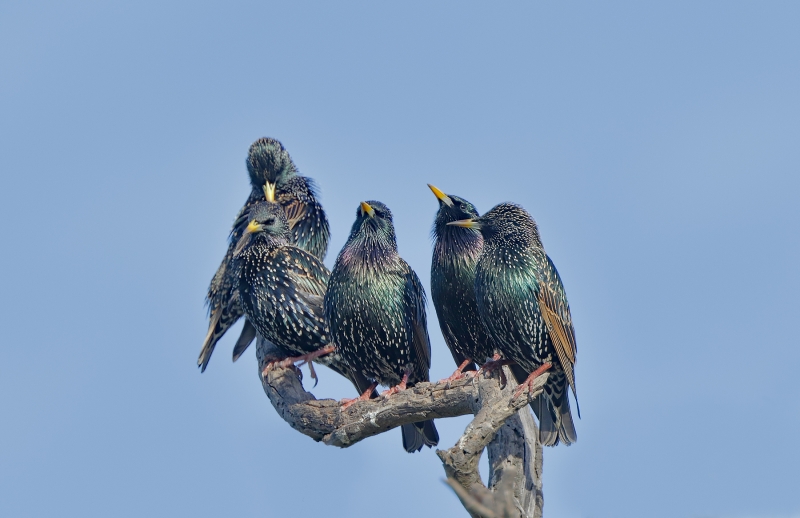The theme for this competition was Introduced Species. Entries must show a bird, or birds, whose population is described as “Introduced” in the BirdLife Working List V2.1. There were 26 such species eligible for entry in this competition, which provides plenty of scope for capturing inspiring images of our non-indigenous bird species. The eligible species were Ostrich, Northern Mallard, Helmeted Guineafowl, California Quail, Indian Peafowl, Red Junglefowl, Green Junglefowl, Common Pheasant, Wild Turkey, Rock Dove, Barbary Dove, Spotted Dove, Laughing Dove, Nutmeg Mannikin, Java Sparrow, House Sparrow, Eurasian Tree Sparrow, Common Greenfinch, Common Redpoll, European Goldfinch, Eurasian Skylark, Red-whiskered Bulbul, Common Starling, Common Myna, Song Thrush, and Common Blackbird. [Editor's note: The Taxonomy page now shows 28 eligible species, following the update to BWL V3 in December 2019.]
In a change to the normal image submission rules, for this competition images must have been taken in Australia or its territories. This competition was open for submission of entries from Tuesday 18th June 2019 until Monday 12th August 2019 and 34 images from 12 members were received during this period. Compared to other competitions, there was a most disappointingly low number of photographers engaging in this competition, which was intended to increase the number of high-quality images of introduced species held in our digital library. Nonetheless, the quality of images was high, even though I elected not to award a ‘Highly Commended’ for this competition – this was primarily due to the low number of entries in the competition. I commend those members who supported this competition.
In judging this competition I was looking for images that both excelled as a classic portrait that defined the species portrayed and those images which explored a more creative approach.
Winner: House Sparrow, by Bill Harding (Image ID 35781)
This is a wonderful image of a species that most birders too often overlook. The male house sparrow is quite a handsome bird in its own right and this image captures these qualities. The pose and head angle positions the bird for perfect eye contact with the viewer. The highlight in the male’s eye is an added bonus. Subject sharpness and clarity effectively enhance the 3D effect of the sparrow against the background bokeh. The restricted brown and grey-green tones create a composition with a restricted palette somewhat akin to a monochrome image, which suits this species. The vertical lighter tones in the mid-section of the background maintains the viewer’s focus on the bird in my view. A further endearing feature of this image is the texture and shape of the branch with a its fine wavy tentacles that reach out to draw the viewer into the image. This image deserves the top award.
Commended: Rock Dove, by Con Boekel (Image ID 36096)
Creativity and novelty are two key elements in photography and this image rates highly in both these elements. Rather than take a conservative approach, the photographer has captured two introduced species, one avian, the other mammalian and melded them into a dramatic image. The arrangement of both subjects and the close landscape crop in this image focus attention on the animals’ mutual gaze. Both subjects ideally display an eye highlight, which is always desirable. An apt name for this image could be the ‘Mexican standoff’. The photographer has captured both subjects in ideal light against a contrasting dark background. This is a very clever composition.
Commended: Helmeted Guineafowl, by Tim Van Leeuwen (Image ID 36016)
Crisp and elegant feather detail, vibrant colours and a bizarre facial pose make this an attention-grabbing ‘prehistoric’ image. There is almost a defiant arrogant expression in the bird which commands attention. The colour palette works well with the blue sky of the background; often a blue sky detracts from an image but not in this case. One aspect which I would edit, however, is to remove the brown colouration in the right-hand corner; whilst a minor element in the composition, I find my eyes gravitating to this distraction rather than focussing on the bird itself.
Commended: Eurasian Skylark, by Terence Alexander (Image ID 36275)
There are many elements to like in this image and they extend throughout the entire composition. There is a pleasant ruggedness in this image afforded by the worn wing feathers, the texture of the old fence post and the eroded rusty barbed-wire. The colours in the rusty wire superbly complement the colouration of the bird’s plumage. The crouching skylark, possibly preparing to launch itself from the fence post, presents a different pose than one expects in a classic portrait. The limited brown and grey palette in this image works exceptionally well for this species.
Commended: Common Starling, by Stephen Garth (Image ID 35990)
Why did I select this image? Capturing a group of birds is far more difficult in terms of subject arrangement than a single portrait and this has been relatively well controlled in this image. Each of the birds has a different head angle with the pose of the birds at either end of the line conveniently directing the viewers line of sight back and forth along the branch. The change in elevation and curvature of the branch fashions a more interesting composition than a horizontal branch. With the focal point being more centrally located in this image, I feel there is a little too much negative space at both vertical edges and I would be inclined to recommend a closer horizontal crop. I like the subtle metallic colours in the birds but feel that this image would benefit from a greater degree of mid-tone clarity and texture both in the bird’s plumage and the branch. Further, a increasing the ‘dehaze’ slider in Lightroom would add a further level of crispness to the image.
Special Mentions
Common Starling, House Sparrow, by Stephen Garth (Image ID 35989)
Two of our most common introduced species sitting together on an arched perch creates a pleasing image. The two birds facing opposite directions creates an element of indifference between the two species and this adds a degree of drama to the image. As with the previous image, I feel there is a little too much negative space on the left and right side of the image and I would be inclined to a closer horizontal crop. The image would benefit from a greater degree of mid-tone clarity and texture both in the bird’s plumage and the branch. Further, increasing the ‘dehaze’ slider in Lightroom would add a further level of crispness to the image. In an ideal scenario, I might have moved to the left to capture a more frontal aspect for both birds. Similarly, moving a little higher would have shifted the bright mid-frame band out of sight.
Mallard, by Bill Harding (Image ID 35779)
The photographer has capitalised on an intimate moment between the male and female mallards; the almost hidden body and head of the female requiring closer examination to fully comprehend the storyline. Contrast and clarity are well controlled in this image. Mention is made of the fine comb-like lamellae along the length of the male’s bill, although these are difficult to see in this image.




